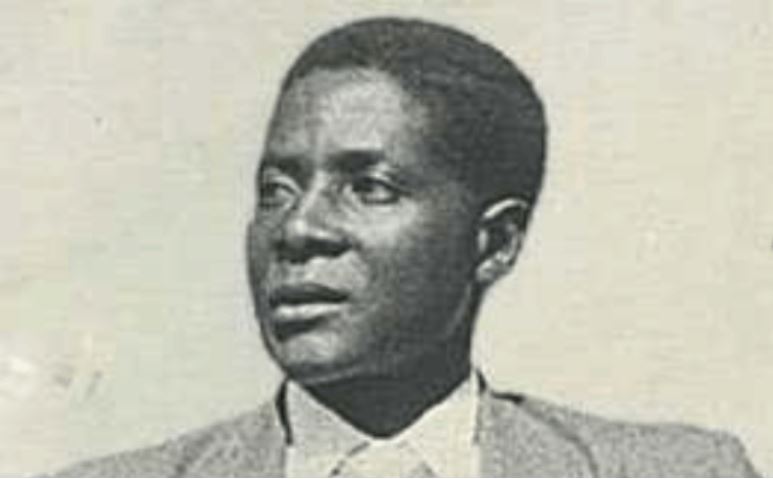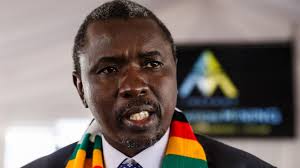What the CIA really thought about Mugabe, Machel, Sese Seko and other African leaders

LATE DICTATOR: Robert Mugabe
- Judd Devermont, a former White House Africa director, went through past briefings to US presidents preparing to meet their guests.
- The “visit piece” is one of the CIA’s secret weapons that explores the personalities and agendas of foreign leaders.
- Through the visit piece, US presidents sought to gain an insight into the thinking of African leaders during the Cold War.
One was “highly emotional”, another prone to “erratic personal behaviour”, and one was said to have quite impressive intellectual and political skills.
Those were some of the frank assessments of African leaders by the CIA, prepared for presidents ahead of meetings, a new research paper shows.
But we’ll have to wait to hear what the US intelligence service thought of the likes of Kenyan President William Ruto and other current African heads of state.
For decades, the CIA has analysed African heads of state ahead of their visits to the United States, profiling them through “visit pieces” for the use of government officials, according to Judd Devermont, a former White House Africa director.
Devermont, now a non-resident senior adviser of the Africa Program at the Center for Strategic and International Studies, published a research paper based on declassified CIA documents, press releases and publications between 1961 and 1987 to explain those type of intelligence briefings.
The visit piece explores the personalities of foreign leaders and what they want from the US, according to Davermont, and gained prominence during the Cold War, as the US hungered for insight into how leaders viewed the geopolitical situation and their place in it – amid an East-West divide that’s growing again.
When Kenyan President William Ruto recently visited the US and met US President Joe Biden, the US head of state was inundated with paper, said Devermont. There were talking points and draft statements and dinner menus, all prepared by White House staffers.
One key document does not come from within the administration, though.
The visit piece prepared by CIA leaders, wrote Devermont, is “presented as a standalone assessment or integrated into the President’s Daily Brief – that delivers decision advantage for the president of the United States”.
Senegal’s founding leader Leopold Sedar Senghor visited the US six times between 1961 and 1980.
Ahead of his 1978 visit hosted by President Jimmy Carter, when the visit piece had become a serious asset to the CIA, Senghor was profiled as a man with “an impressive blend of intellectual and political skills” and “moves as gracefully and comfortably in French culture as he does in African”.
The visit piece profiled Ethiopian emperor Haile Selassie as a having “unusual personal vigour and determination”.
Zambia’s founding president Kenneth Kaunda was described as “highly emotional”.
Kaunda visited the US five times between 1975 and 1989.
Ahead of meeting Mozambique’s Samora Machel in 1973, Carter was advised that his guest was “given to dominating conversation”.
In the same year, Mobutu Sese Seko, the president of Zaire (now Democratic Republic of the Congo), was said to be troubled that he was viewed as an US ally in Africa.
Another visit piece raised concerns about Zimbabwe’s Robert Mugabe’s “close relations with Yugoslavia, Romania, Bulgaria, North Korea, and China”.
Ahead of Mugabe’s meeting with Ronald Reagan in 1983, the visit piece advised that the former president “resents Western criticism of his efforts to quell dissident violence” and that he was “extremely sensitive to any actions by Washington that he believes infringe on Zimbabwe’s sovereignty”.
By the time of Mugabe’s removal from office in a coup in November 2017, relations between Zimbabwe and the US were summed up in that visit piece.
Devermont argued that while in some cases the visit pieces were accurate, in others they misled US presidents. In the 1980s, he said, the CIA failed fundamentally because “they did not fully understand their customer”. While Reagan wanted to know if African leaders believed in free enterprise, the CIA simply did not look at the economic philosophies of the subjects.
In future, he hopes, such gaps could be filled with AI help, expanding the capabilities of the CIA by profiling not only leaders but entire visiting delegations, and analysing big data, such as entire national budgets, to bring detail to the documents.







